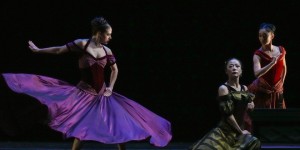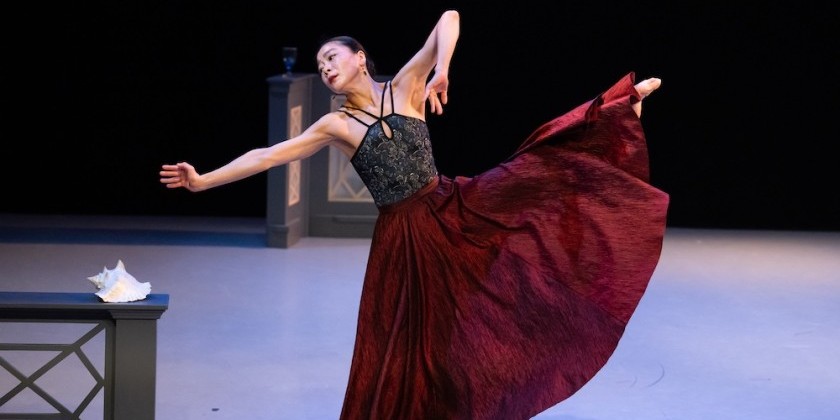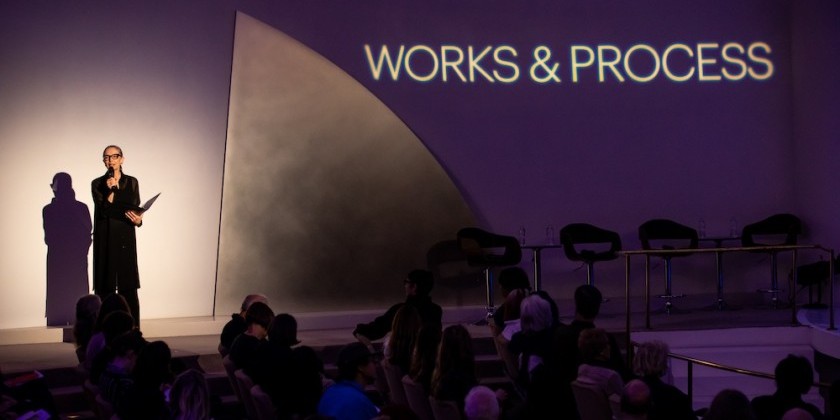IMPRESSIONS: Martha Graham Dance Company & Wild Up in the Premiere of "Immediate Tragedy" with "Deep Song" and Henry Cowell's "Intermediate Percussion"
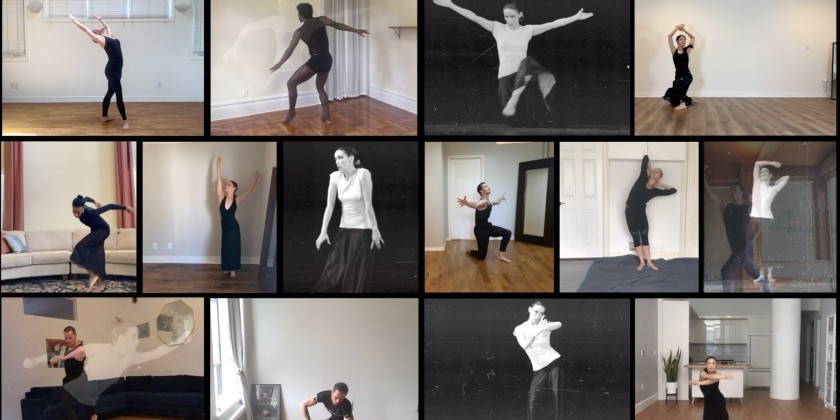
Commissioned by The Soraya
June 20, 2020
Deep Song
Choreography and Costume: Martha Graham // Music: Henry Cowell // Performance: Anne Souder
Intermediate Percussion
Music: Henry Cowell // Performance: Jodie Landau
Immediate Tragedy
Choreography by Janet Eilber and dancers of Martha Graham Dance Company
Music composed and conducted by Christopher Rountree // Digital Design and Editing by Ricki Quinn
Martha Graham Dance Company: So Young An, Alessio Crognale, Laurel Dalley Smith, Natasha Diamond-Walker, Lloyd Knight, Charlotte Landreau, Jacob Larsen, Lloyd Mayor, Marzia Memoli, Anne O’Donnell, Lorenzo Pagano, Anne Souder, Leslie Andrea Williams, Xin Ying
Musicians of Wild Up: Jiji, Richard Valitutto, Jodie Landau, Brian Walsh, Derek Stein
It was not the best of times. Fascism was on the rise, unemployment was rampant, racism was widespread, and an iconoclastic American figure was taken much too early. No, I’m not talking about 2020 and Kobe Bryant. Instead, the year was 1937, and the world was besieged by hatred and hard times. It was also the last time anyone saw Amelia Earhart alive.
Yet out of the shock and violence, great art arose. On December 19th, 1937, Martha Graham danced two companion solos at the Guild Theatre of New York. The first, Deep Song, is what Martha Graham Dance Company artistic director Janet Eilber describes as “a lament.” Inspired by the acute imagery of Pablo Picasso’s Guernica, Graham created the work for the women who were affected by the Spanish Civil War. The second, Immediate Tragedy, was lost. Eilber suggested this might be because Graham was “just churning out stuff and then moving past it, building on it.” But Immediate Tragedy has been reimagined in a way that Graham herself probably couldn’t have foreseen.
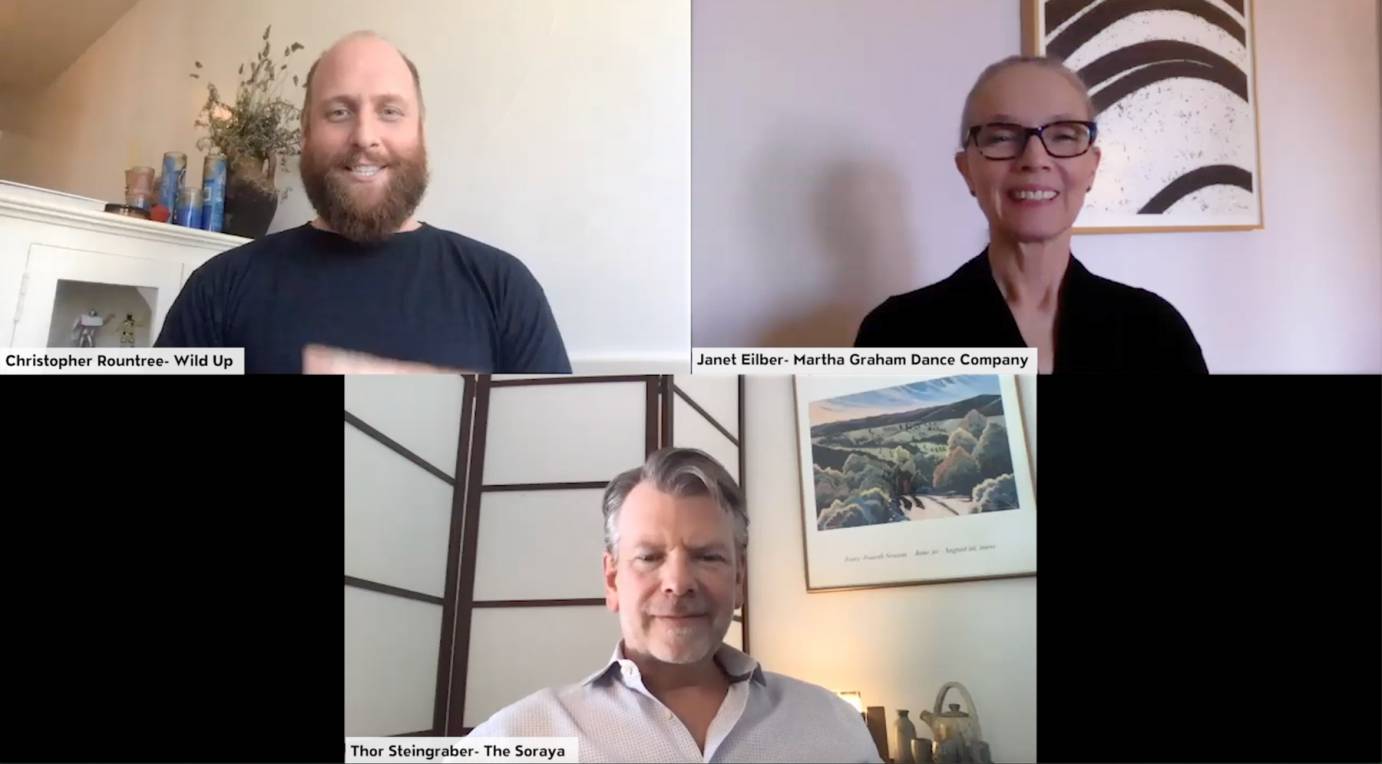
In 2020, the works were reunited in video form along with Henry Cowell’s “Intermediate Percussion.” The virtual event brought together an arts venue, The Soraya; a chamber music ensemble, Wild Up; and the Martha Graham Dance Company. I caught June 20th’s Martha Matinee, the day after the world premiere of Immediate Tragedy on Facebook. In addition to this trio of pieces, an enlightening conversation unfolded among executive director of The Soraya, Thor Steingraber; Wild Up’s director, Christopher Rountree; and Eilber. Eilber articulated the thought process behind the collaboration: “What creative project could we cook up that would be true to our own missions and our organizations, but would also be of the moment?”
The 2017 recording of Deep Song at Madrid’s Teatro Real reveals the ache and empathy Graham felt for war-torn victims. These manifest in clasped fists, dramatic lunges, and abrupt, direction-changing swivels. Level changes from vertical to horizontal project distress. When soloist Anne Souder descends in a hinge, the diagonal line from her knee to head remains resolute. The moment devastates in its starkness.
Souter moves on and around a white bench as her spine bows forward and back, like a wildflower that responds to, but is not flattened by, the wind. At one point, she lifts the bench upright and situates herself in its crevice, as if it’s a cross she must bear. Throughout, Cowell’s score of somber plunks register as barbs that expose the choreography’s viscera.
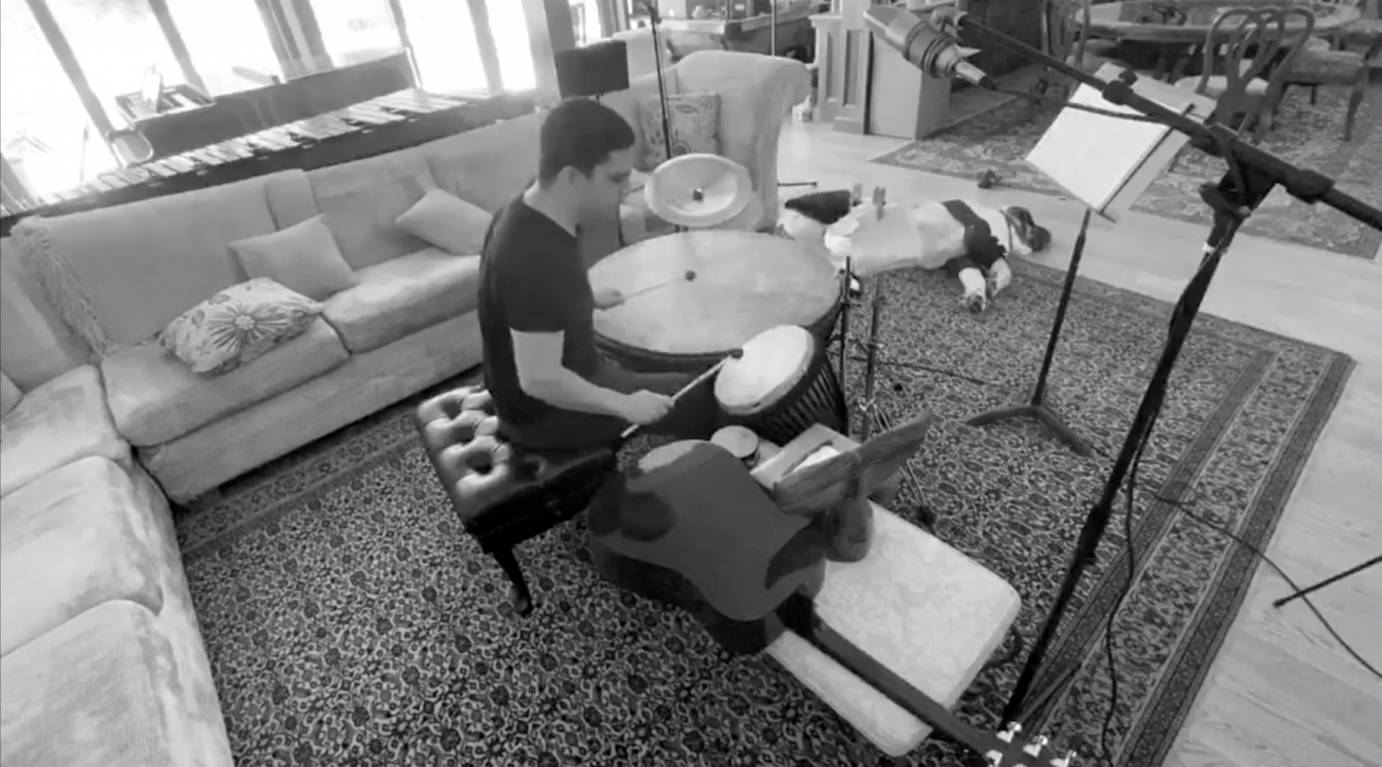
Intermediate Percussion, performed by Wild Up’s Jodie Landau, is from Cowell’s manuscript, and no one is clear whether it’s been performed before. In his living room where an oblivious dog naps, Landau plays found objects that include a wooden statue and a tissue box. He’s even pressed a table into service as a drum. The work’s rhythmical jouncing — sly and playful — prompts the body to react. The dog, perhaps lost in dreams of bones to chew and balls to catch, declines the invitation, though I don’t.
The current iteration of Immediate Tragedy resulted from the largesse of photographer Robert Fraser’s son. Fraser was sitting in the first row during a 1937 performance and snapped pictures. The son gave the trove to the Martha Graham Dance Company, so they knew not only what the poses were, but in what order they came. Each dancer choreographed a fast and a slow phrase using four poses and then learned one of their cohort’s sequences, thus allowing for unison.
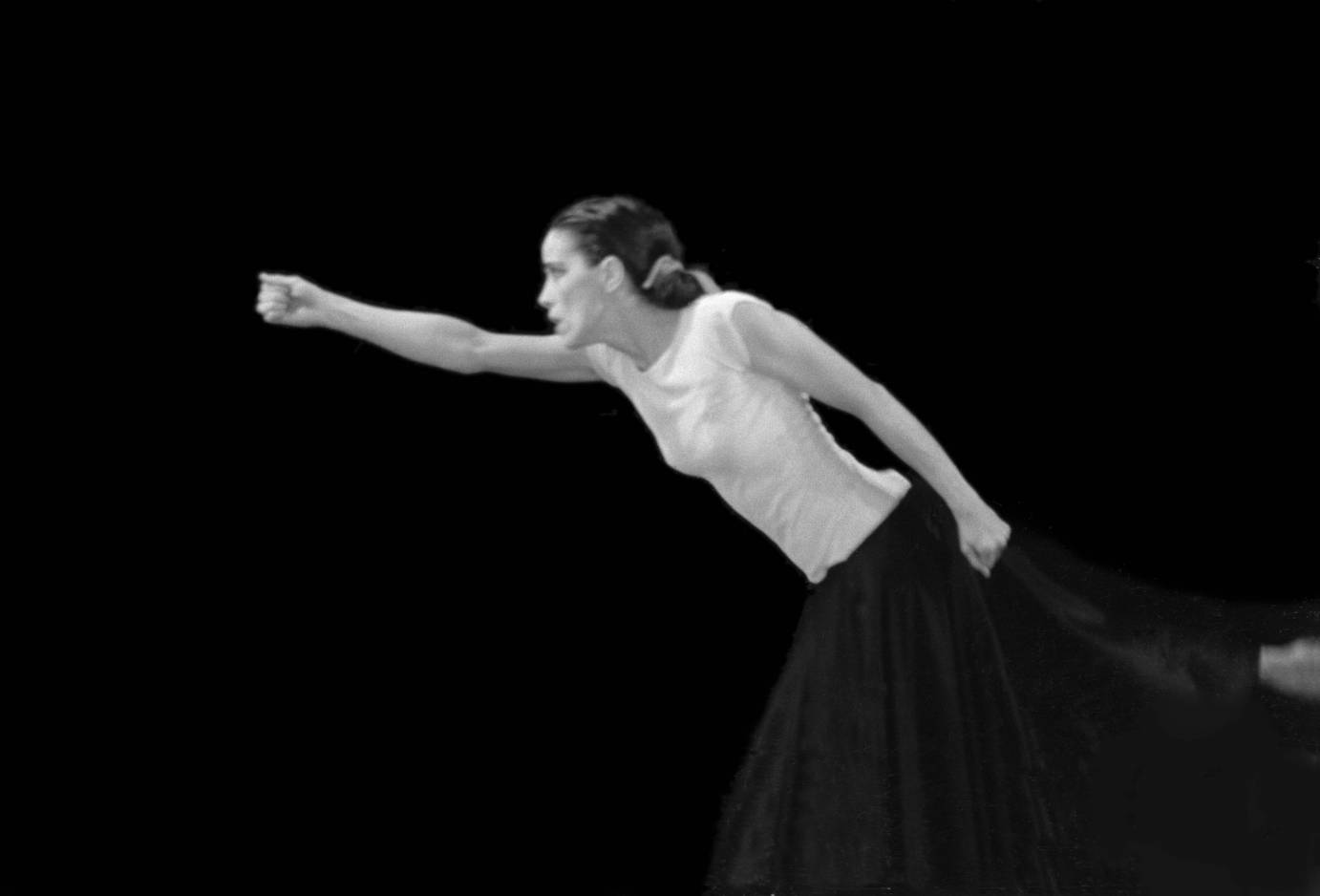
The ten-minute piece opens with a picture of Graham that multiplies to fourteen different images, spread over three rows. In a dark skirt and white T-shirt, she looks like a teenager although, at the time, she was in her forties.
Soon, one dancer replaces Graham in the upper left pane, lifting her right leg and opposite arm. Another and then another emerge until fourteen individual videos fill the screen. As it is these days, the sets are the dancers’ homes, which range from a glossy white kitchen to a redbrick wall.
The choreography is classic Graham: air-gobbling contractions, majestic kneels, and arms that twist around themselves like barber poles. Yet the dancers personalize the torqued gestures. As if she’s an eagle preparing for flight, Leslie Andrea Williams sweeps her arms upward luxuriously. Lloyd Knight falls into a split and then crimps his body until he’s perched on one hip. Xin Ying arcs into an attitude turn before alighting to the floor, her arms reaching to us.
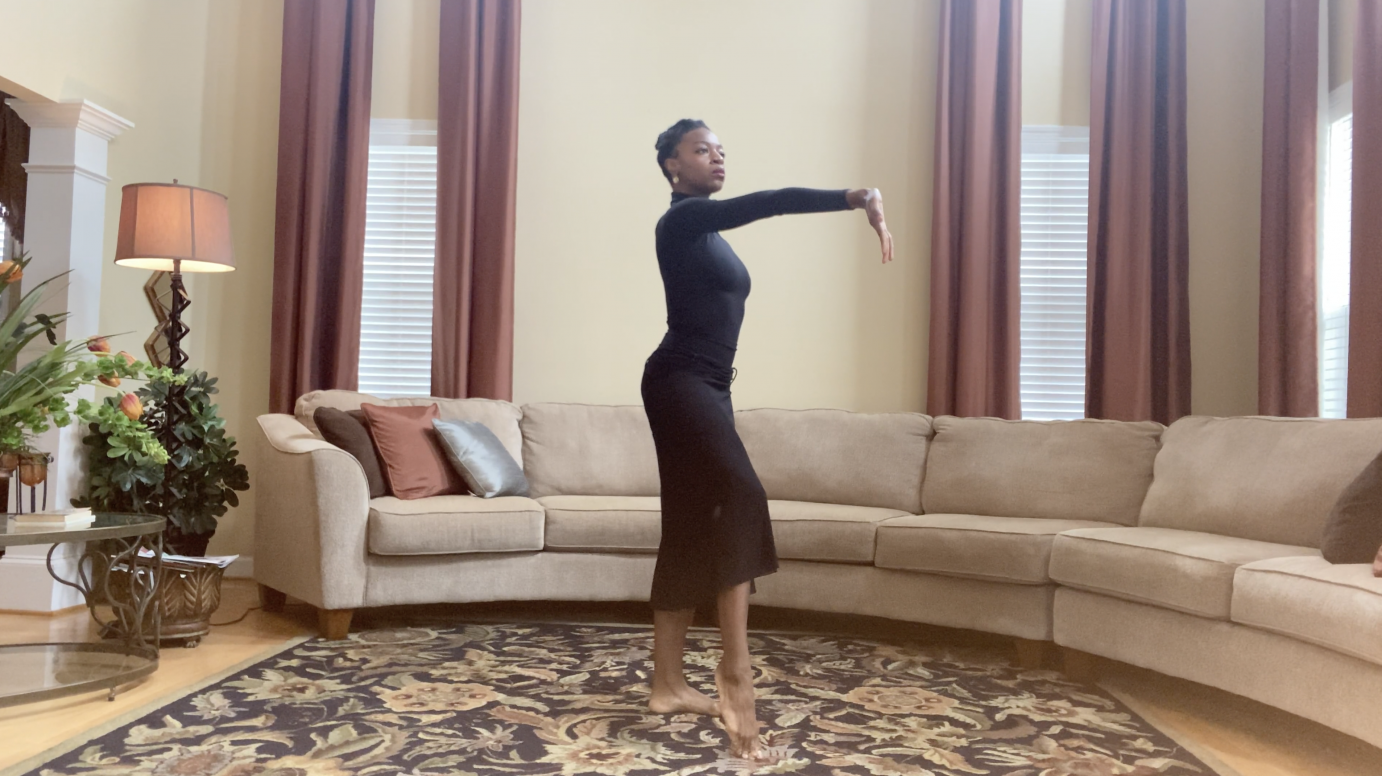
The music swells and retreats, first lapping at the movement before carrying it on soft, glittery waves. With only tatters of Cowell’s composition from which to draw, Rountree says that “latency” was Wild Up’s driving force, and masses of chords and sounds help obscure the difficulty of playing live music over Zoom. Building in intensity and gravitas, the score surges into a sonic tsunami that demands awe and reverence.
A sort-of super choreographer materializes in Ricki Quinn’s digital design. Eilber calls her an “amazingly cool-headed editor.” Instead of quick cuts that skip from person to person, Quinn quilts the individual reels together. She slides panes in and out, she scrolls them up and down, and she zooms in and out to evoke dancerly pathways and groupings. For the climax, she streams the videos upward, segueing from one, screen-filling image to two to three, until rows of six are whizzing in ascension.
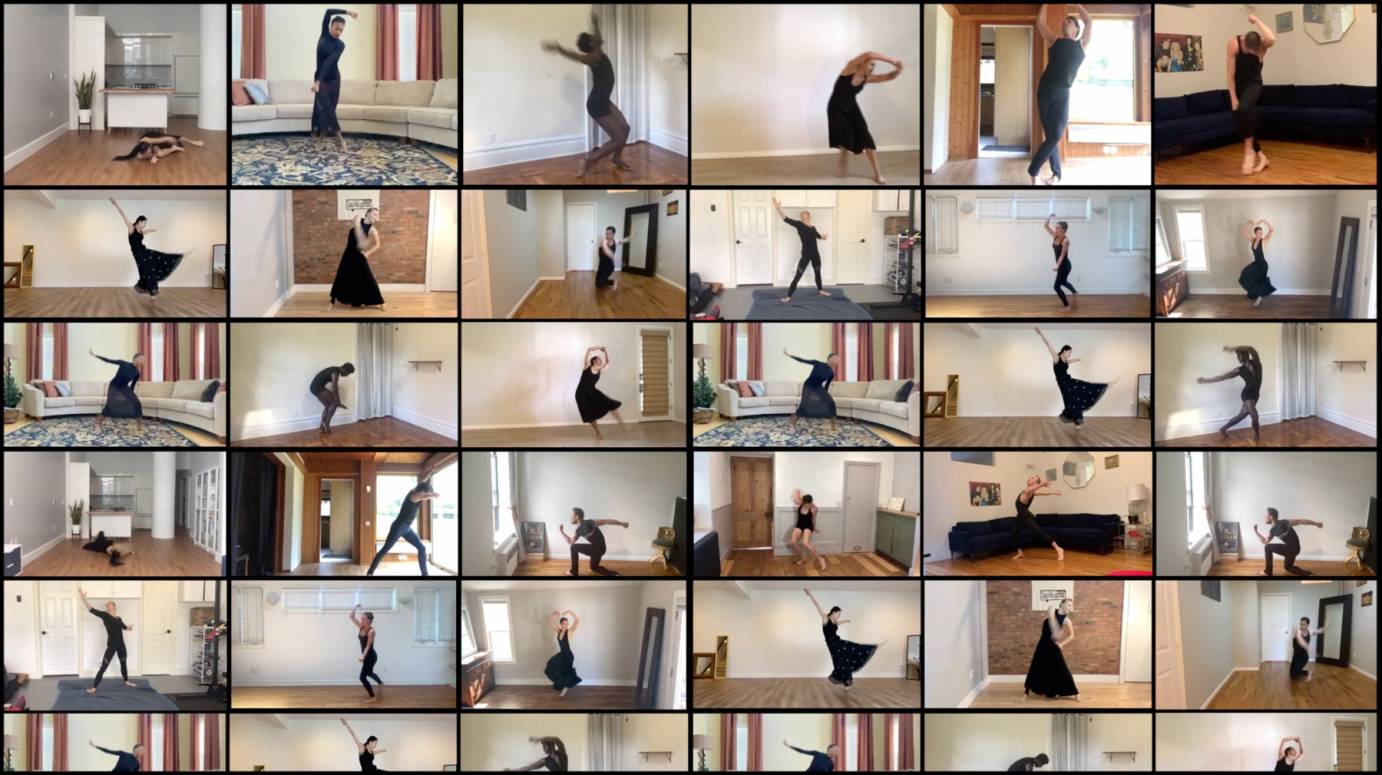
At the end, a quote from Graham appears: “I was upright, and I was going to remain upright at all costs.” That, as it was then, is worthy advice for 2020.
Watch the program HERE.





